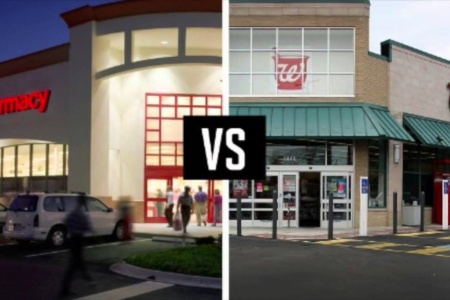How CVS, Walgreens battle for market share through their supply chains
CVS Health created a healthcare empire when, as a health retailer, it purchased Caremark, the nation’s leading PBM and integrated its supply chain.
The acquisition allowed CVS to ensure savings and drive low customer costs by offering a mail-in service for its prescription customers, and transferring price negotiations within their corporate structure. The company’s Q3 earnings shows 12% of the company’s PBM sales were made internally, and the Pharmaceutical Services Segment outperformed the Retail/LTC Segment sales by a margin of 20%.
But now, Walgreens appears to be taking advantage of CVS’ vertical supply chain to spread its own network horizontally, simultaneously inking partnerships with CVS’ retail and PBM competitors.
Vertical supply chains may benefit from internal cost savings, but they also suffer from over-dependence on a single supplier, which may not necessarily offer the best prices or inventory — even if it offers the best deals. While for many manufacturers diversity of inventory may not be as essential, for retailers in-stock availability of a variety of prescription needs wins market share.
By inking exclusionary partnerships with two PBMs, Walgreens ensured segments of the populations (covered by those formularies) preferred its stores over CVS. Meanwhile, the company recently acquired Rite Aid in a $9.4 billion deal, whose mail-in services will complement Walgreens’ retail services, and directly compete with CVS.
CVS’ vertical supply chain may have allowed it to establish itself as a healthcare empire, but it seems Walgreens has finally figured out how to compete with the model.
Source: Retail Dive




